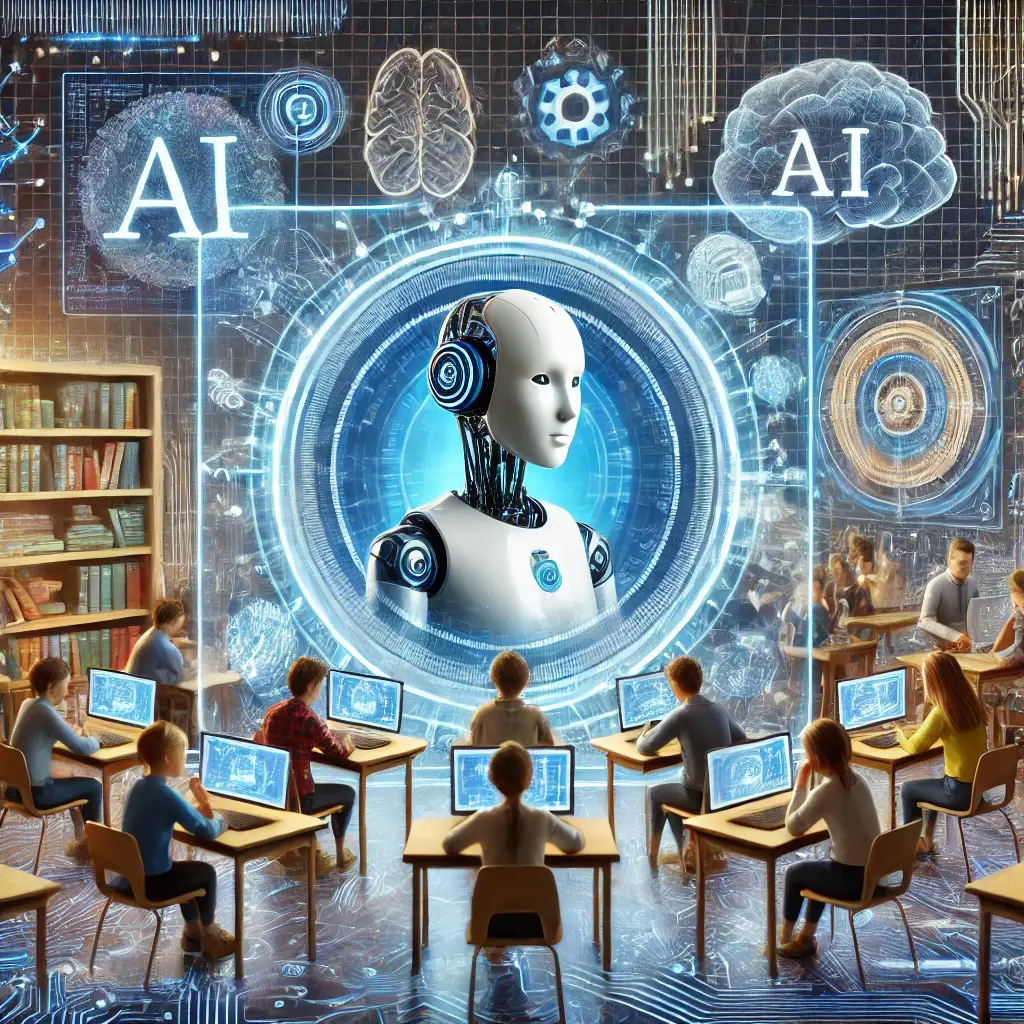Artificial intelligence (AI) has become an integral part of the modern world, and understanding it is a vital component of education. From beginner courses to the complete transformation of traditional learning, AI is changing the way we learn, teach, and disseminate knowledge.
Courses and Books for Beginners: First Steps into AI
Learning the basics of AI has become more accessible thanks to online platforms, interactive courses, and popular books.
- Online Courses
Online platforms offer numerous courses for different levels of expertise, from beginners to experts.
Coursera: Courses from leading universities like Stanford and MIT.
edX: Programs on machine learning, neural networks, and deep learning.
Kaggle: Hands-on challenges and competitions to solidify skills.
- Books for Beginners
Popular books simplify complex AI concepts for a wide audience:
“Artificial Intelligence: A Guide to Intelligent Systems” by Stuart Russell and Peter Norvig.
“Hands-On Machine Learning” by Aurélien Géron.
“AI Superpowers” by Kai-Fu Lee.
- Interactive Platforms
Interactive tools like Scratch or Teachable Machine allow even children to experiment with AI algorithms, helping them understand basic principles.
How Education is Changing with AI
AI not only teaches us how to build it but also transforms the education system as a whole.
- Personalized Learning
AI analyzes students’ strengths and weaknesses, tailoring material to their needs.
Examples:
Task recommendations based on a student’s progress.
Interactive platforms like Duolingo adapt to a user’s learning pace.
- Intelligent Learning Assistants
Chatbots and virtual tutors provide quick answers to questions or explain complex topics.
Examples:
AI assistants in platforms like Khan Academy.
Smart textbooks with integrated AI for additional explanations.
- Assessment and Automation
AI algorithms automatically grade tests, identify gaps in knowledge, and suggest tasks to fill them.
Examples:
Automated essay grading.
Analytics for teachers to track student progress.
- Virtual Reality Learning (VR)
The combination of AI and VR creates interactive learning environments where students can experiment and practice.
Examples:
Virtual labs for biology or chemistry.
Simulators for medical or aviation training.
Benefits of Using AI in Education
- Accessibility: Education becomes available to people from any part of the world.
- Efficiency: AI adapts learning to students’ individual needs.
- Time-Saving: Automation of routine tasks like grading gives teachers more time for interaction with students.
- Motivation: Interactive and adaptive learning methods encourage students to achieve better results.
Challenges in Implementing AI in Education
- Access to Technology: Not all regions have equal opportunities to use modern platforms.
- Data Privacy: Analyzing students’ progress requires data collection, which can pose privacy risks.
- Dependence on AI: Over-reliance on technology may reduce critical thinking skills in students.
- Content Quality: Algorithms might create low-quality or incorrect educational material.
Conclusion
AI opens new horizons in education, making it more accessible, adaptive, and efficient. Courses, books, and tools for beginners help lay the foundation, while the integration of AI into the educational process transforms traditional learning. However, to fully harness the potential of these technologies, it’s essential to address the challenges and work on solutions.

